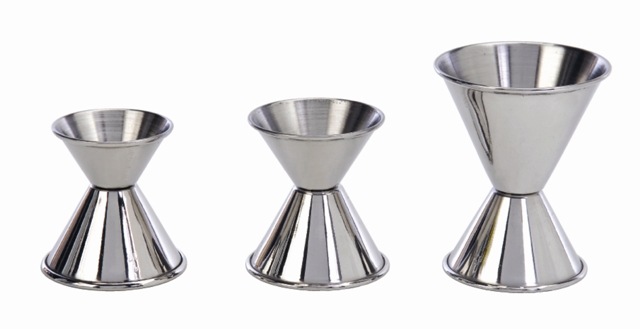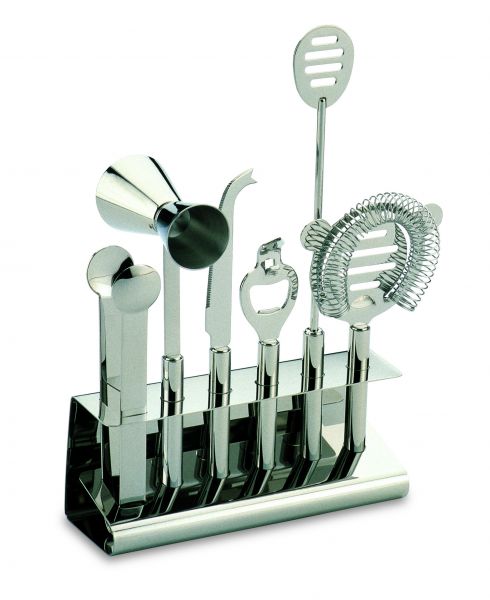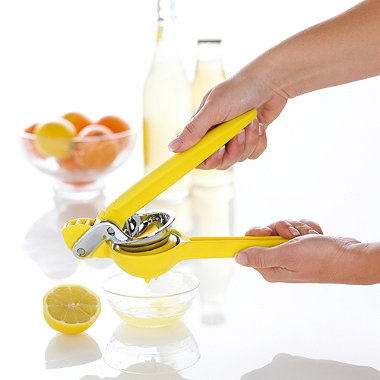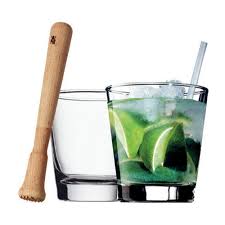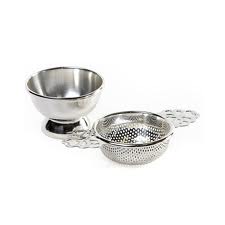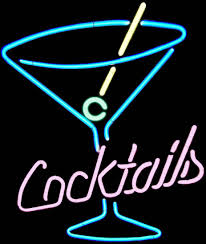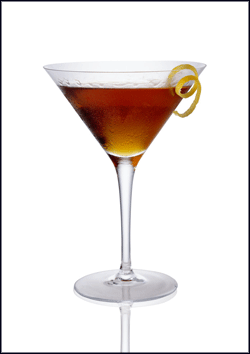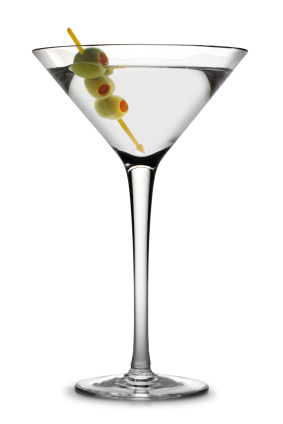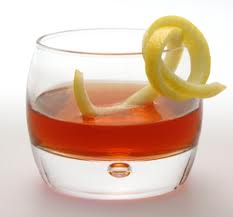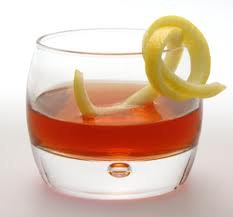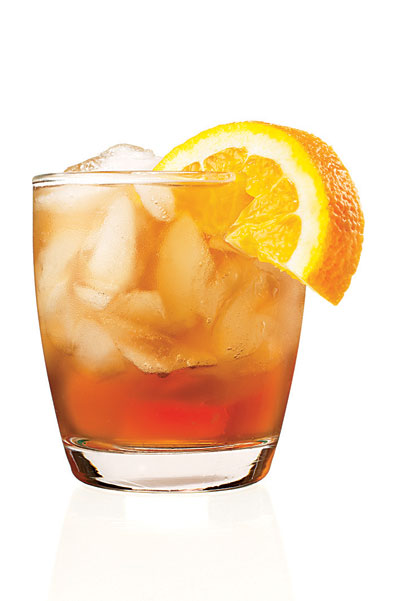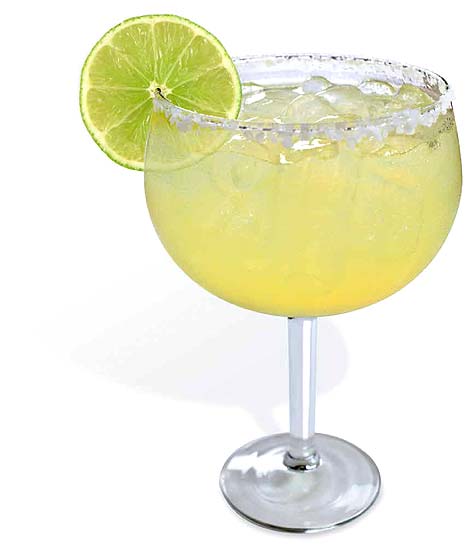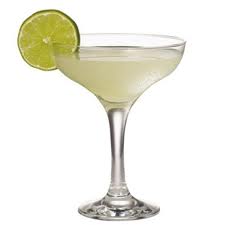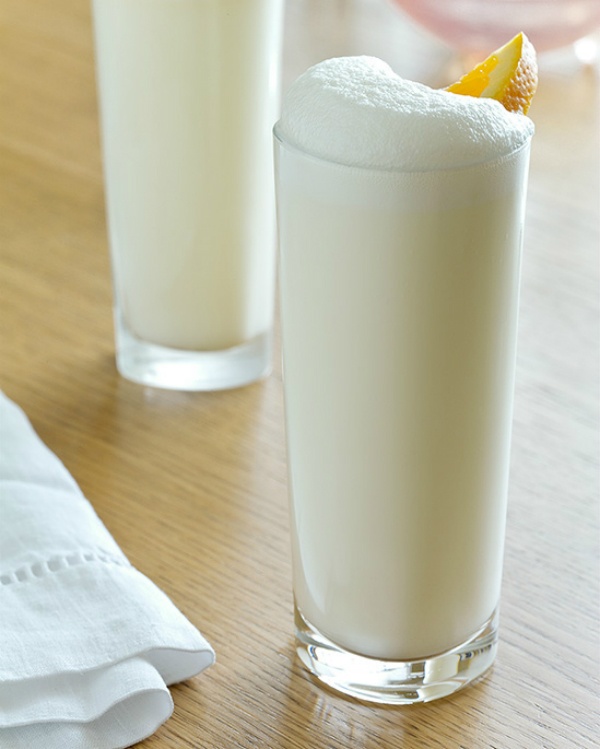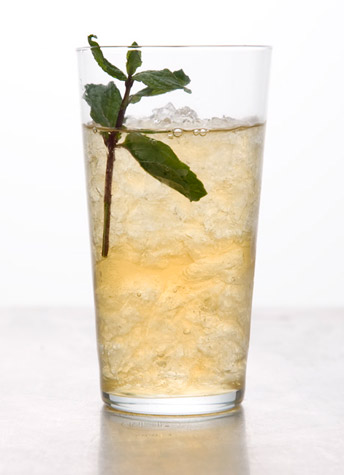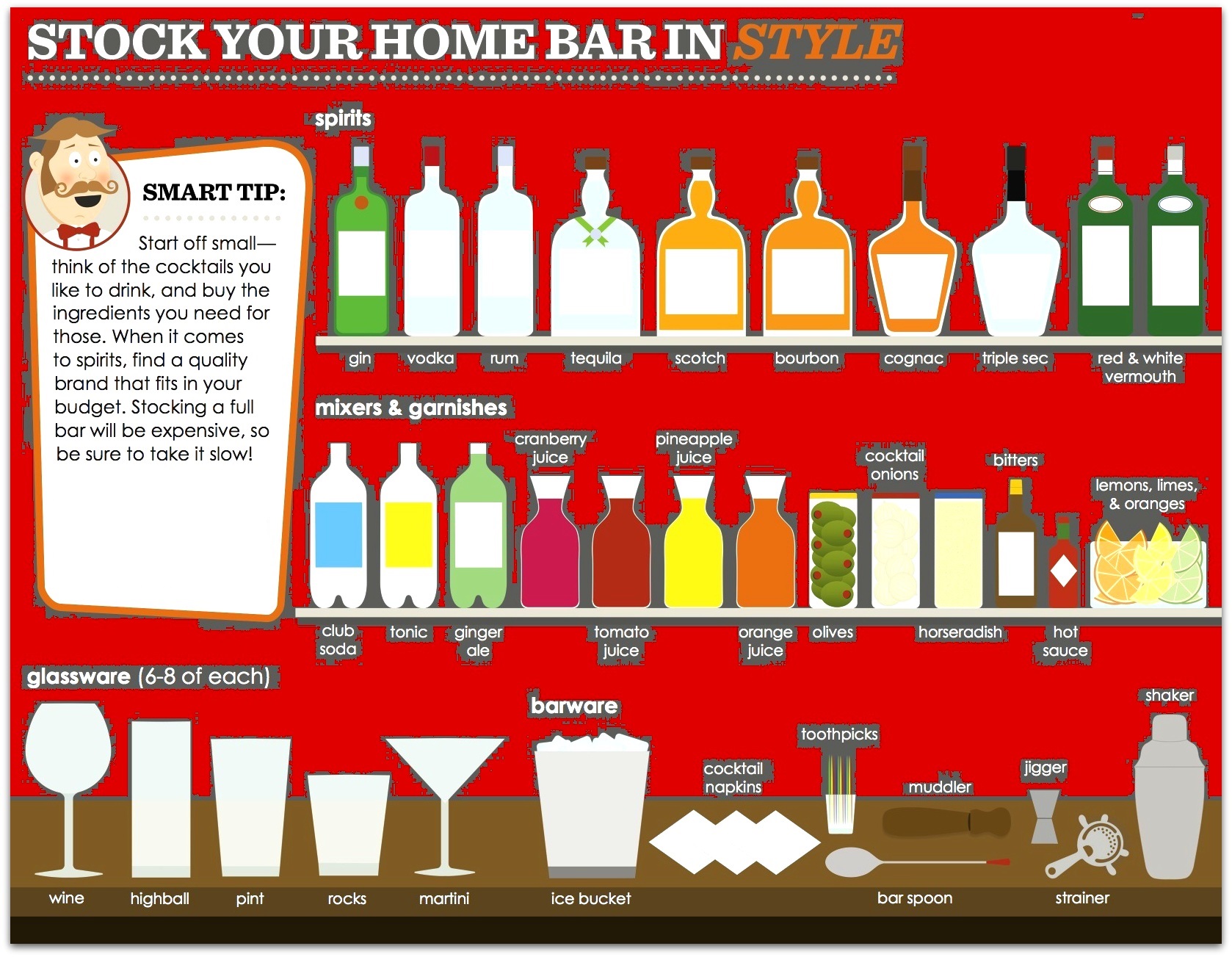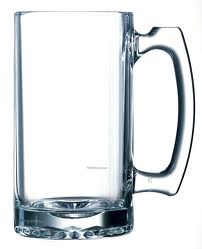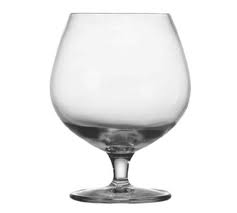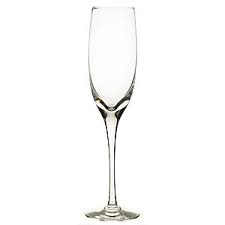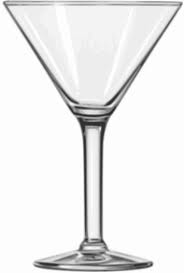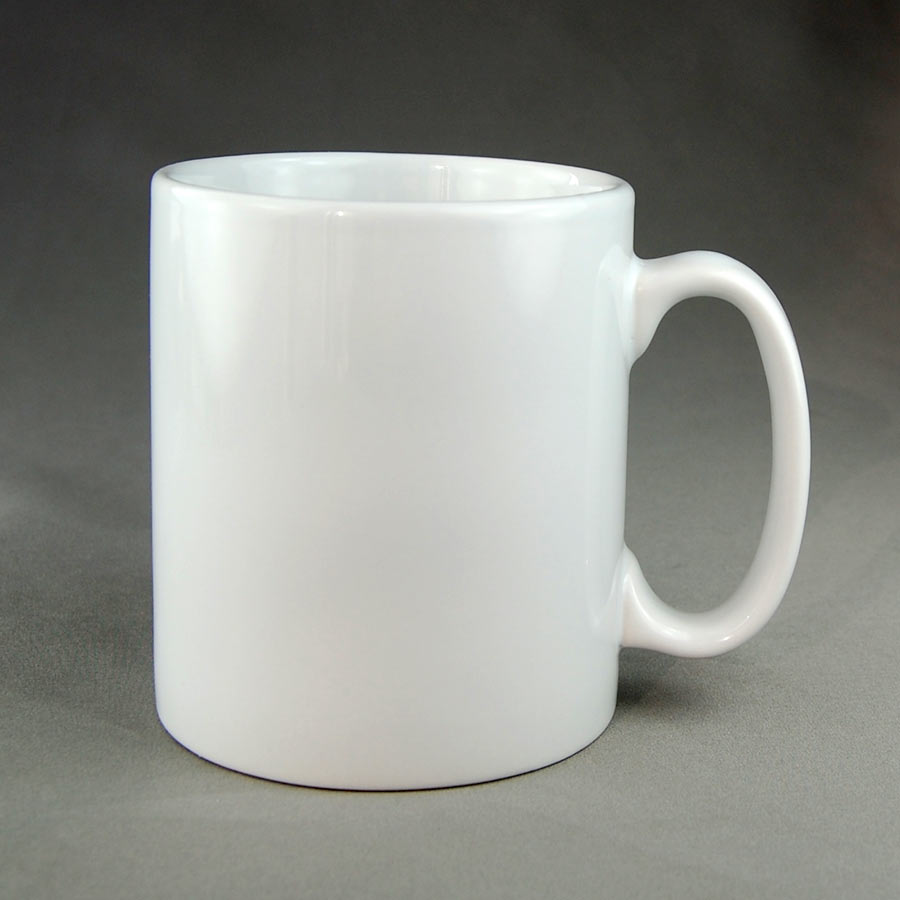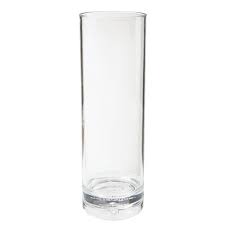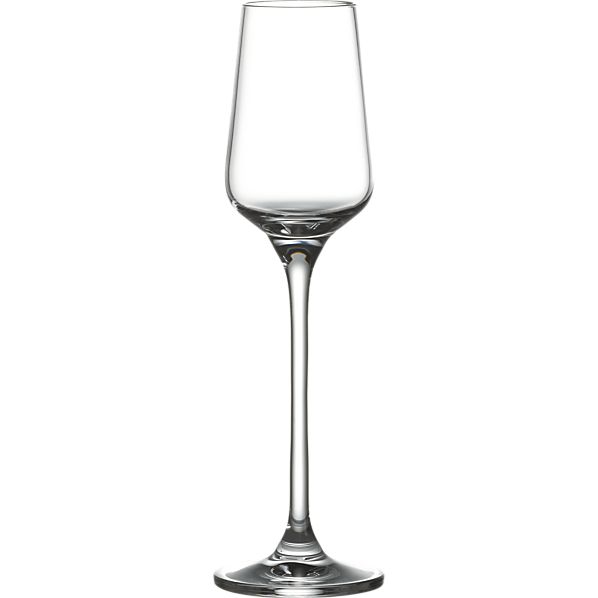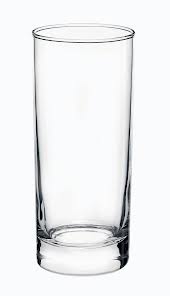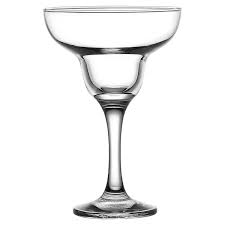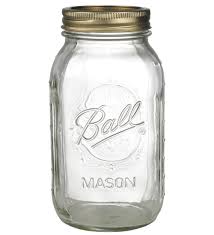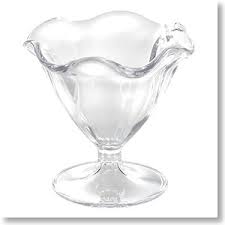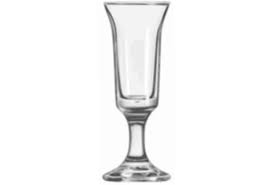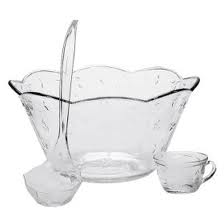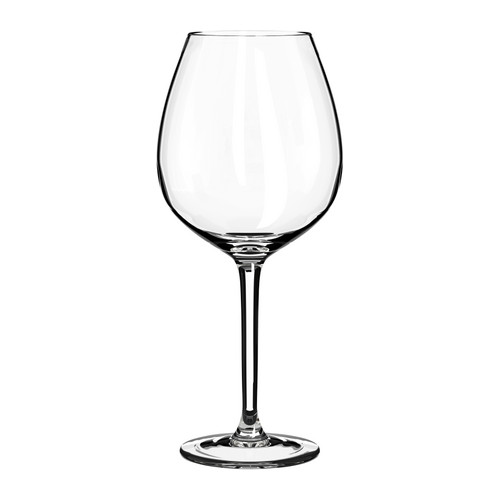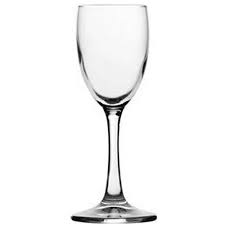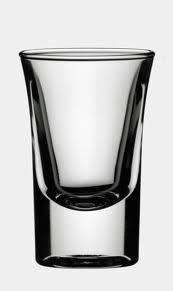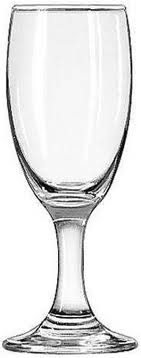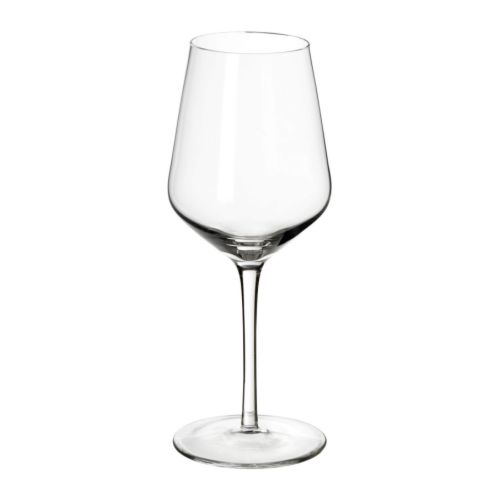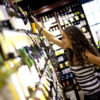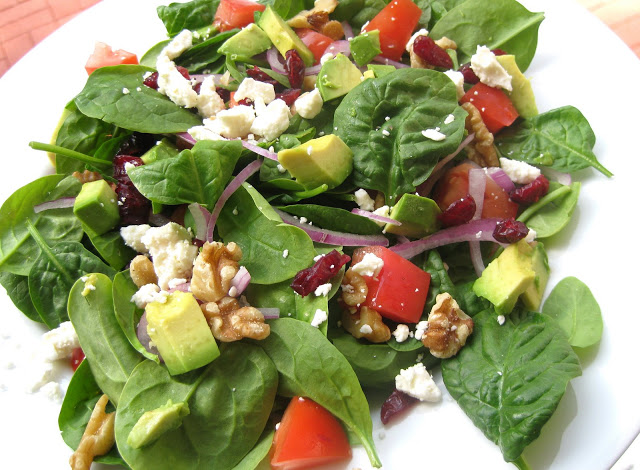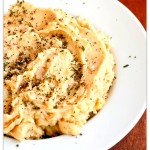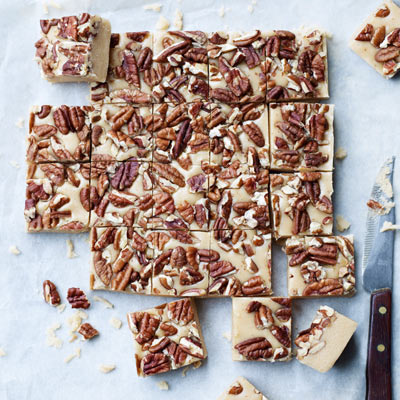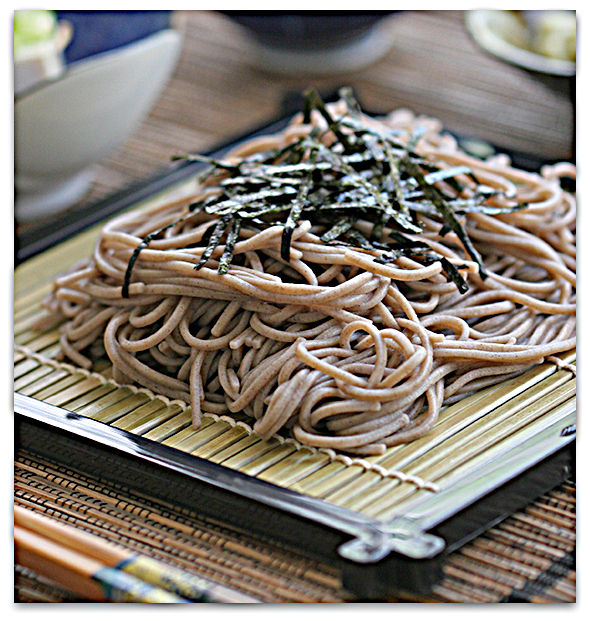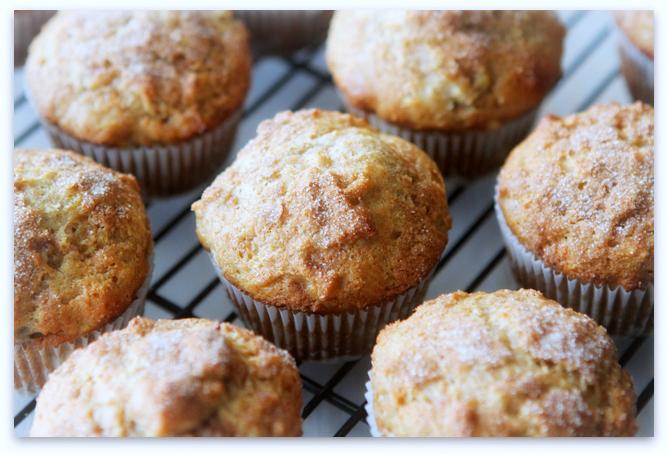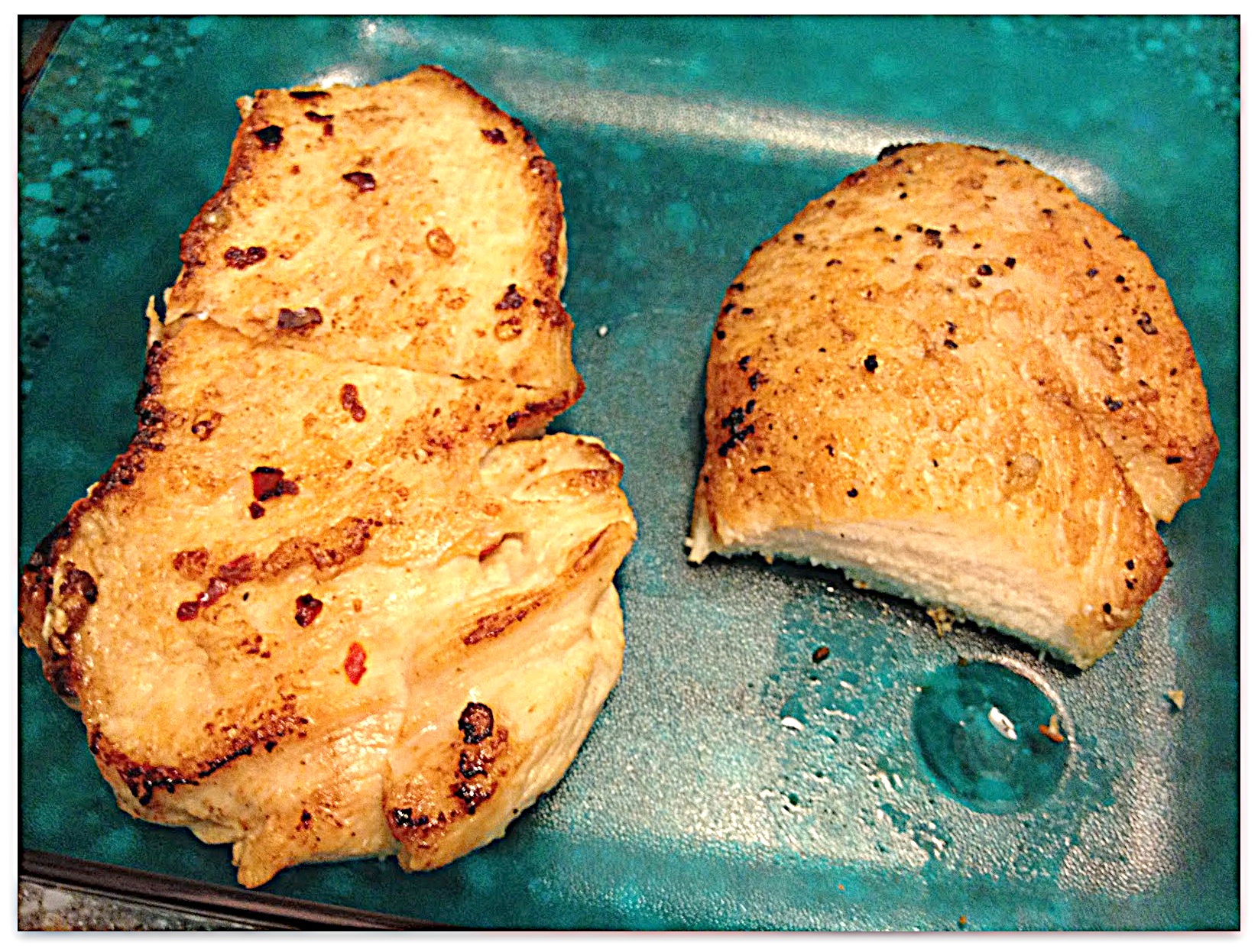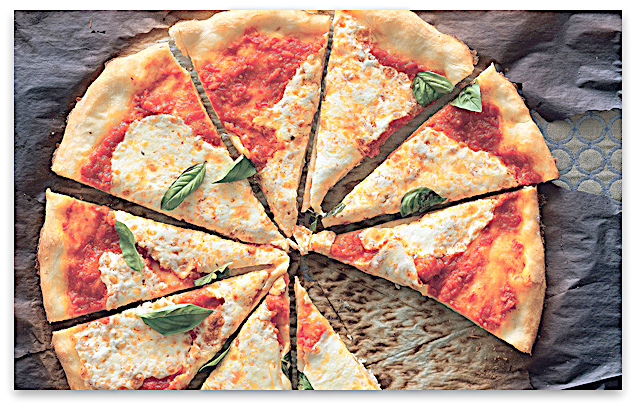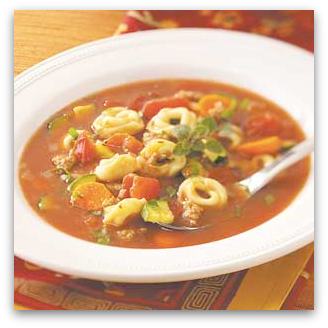Do you ever wonder why your cocktails don’t taste like the pro’s drinks? Sometimes it is the little things that can make the difference between a great cocktail, a mediocre one and one that gets spit into the sink. If you pay attention to the world’s best bartenders you will notice that there are a few steps they take when making almost any cocktail that add that “WOW” factor to the drink. If you were to follow these five easy steps every time you shake or stir your favourite drinks you will soon find that the quality of your cocktails is improving.
Basic techniques
Creating cocktails can be straight forward or artistic; depending on the person, their tastes, and how far they want to take it. Often, the first lesson of bar tending school teaches basic skills – from shaking, to pouring over a spoon. Most people can quite easily get by with these techniques, especially when tending home bars.
Measurements
Being accurate when making cocktails is an absolute must. Too little of an ingredient can change the drink and too much of something can ruin a drink. While some cocktail drinks are actually made by personal judgment, for example a rum coke float, many others require precise measurement for it to taste like how it’s supposed to be.
1 Become familiar with jiggers. Jiggers are the most basic bar tool for any beginner. The smaller end would vary from a “pony” or 1 oz (30 mL) to a typical “shot” or 1 1/2 oz (45 mL), while the larger end would hold up to 2 oz (60 mL). Be aware that a jigger measurement is the same as a shot.British jiggers uses the metric system instead of imperial, so the standard measurement on a jigger is 25 mL and 50 mL on both ends.
2 Note the different sizes of shot glasses. A typical glass holds 1 1/2 oz; however, there are many bars that have 1 oz glasses. Double shot glasses holds 3 oz and are more beneficial to hold additional ingredients, such as whipped cream.
3 Understand the clear difference between dash and splash. Like food recipes, dashes pertain to ingredients that are used in very small amounts, just to give it taste, but not overpower the dish. Adding a splash of an ingredient is a little more of quantity than dashes, so it’s a judgement call on how much to use.
Splashes are used with ingredients such as grenadine or blue curacao.
Dashes are used with ingredients with more “power” to them, for example Worcestershire or Tabasco sauce.
4 Use jiggers when layering drinks. Very small quantities of ingredients might be a challenge with measuring, however, if you need a splash of it, free-pouring can be done.
Convert Measurements into Parts
1 .Note that a “part” doesn’t have a specific measurement. Rather, it’s more of an amount. The more servings you are preparing will have more parts to each ingredient than a drink for one.
2. Get your favorite drink recipe. Remember that you’re only changing the size of the measurement to make bigger quantities of it––the proportion of the ingredients doesn’t change. The following example uses a typical kamikaze:
2 oz (60 mL) vodka
1 oz (30 mL) triple sec
1 oz (30 mL) lime juice/sweet and sour mix.
3 .Change the ounces (or other measurements) into parts. The 2 oz/60 mL would change into 2 parts, while the 1 oz/30 mL would be 1 part.
4. Revert the math to change parts back into measurements. If you have 1 part of an ingredient, make it easier on yourself and base it on a jigger measurement. Thereafter, 1/2 a part would be 1/2 jigger (3/4 oz or 22.5 mL) and 2 parts would be 3 oz/90 mL.
5 . Use measuring cups with the same method. If you’re wanting to use a pitcher, measure 2 cups instead of 2 parts.
When making carbonated or frozen drinks, avoid converting ingredient measurements into parts. The longer the ingredients sit, the more they may get watered down or become flat in taste. The fresher the carbonated ingredient is, the better the taste. Use your judgment on the amount of people having the same drink.
Decoration
Decoration of a cocktail will normally consist of one or two fruit, herb or cherry garnishes that either complement the flavor of the drink, contrast with the color, or both. It is important you avoid overpowering the drink. When garnishing with a slice of fruit, be careful with the size, too thin is flimsy, while too thick can unbalance the look and even the flavor of the cocktail.
Citrus Twists
To make a citrus twist, cut a thin slice of the citrus fruit crosswise and simply twist to serve on the side of a glass or in it.
Citrus Peel Spirals
To make a spiral of citrus peel, use a parer or vegetable peeler to cut away the skin, working in a circular motion. Take care not to cut into the bitter pith.
Citrus Peel Knots
You can use strips of peel and carefully tie each strip into a knot.
Cocktail Sticks
These extremely useful wooden cocktail sticks are needed for spearing through pieces of fruit and cherries. These are not re-usable. Plastic cocktail sticks, however, are re-usable provided they are washed and boiled.
Frosting/Rimming
Margarita’s and other mixed drinks often call for the rim of the glass to be coated with sugar, salt or another powdered ingredient, which is known as “frosting” or “rimming”. The common method of doing this is to rub the rim of the glass with a slice of citrus fruit, and then dip the very edge of the rim into a small bowl of sugar or salt.
Maraschino Cherries
You should always have a plentiful supply of red maraschino cherries to decorate your cocktails with. These are the most widely used of decorations, as well as being available in multiple colors and flavors.
Straws
Straws are essential and go well with many cocktails. These of course, should not be re-used.
When a drink contains eggs, fruit juices or cream, it is necessary to shake the ingredients. Shaking is the method by which you use a cocktail shaker to mix ingredients together and chill them simultaneously. The object is to almost freeze the drink whilst breaking down and combining the ingredients. Normally this is done with ice cubes three-quarters of the way full. When you’ve poured in the ingredients, hold the shaker in both hands, with one hand on top and one supporting the base, and give a short, sharp, snappy shake. It’s important not to rock your cocktail to sleep. When water has begun to condense on the surface of the shaker, the cocktail should be sufficiently chilled and ready to be strained.
Straining
Most cocktail shakers are sold with a build-in strainer or hawthorn strainer. When a drink calls for straining, ensure you’ve used ice cubes, as crushed ice tends to clog the strainer of a standard shaker. If indeed a drink is required shaken with crushed ice (ie. Shirley Temple), it is to be served unstrained.
Stirring
You can stir cocktails effectively with a metal or glass rod in a mixing glass. If ice is to be used, use ice cubes to prevent dilution, and strain the contents into a glass when the surface of the mixing glass begins to collect condensation.
Muddling
To extract the most flavor from certain fresh ingredients such as fruit or mint garnishes, you should crush the ingredient with the muddler on the back end of your bar spoon, or with a pestle.
Blending
An electric blender is needed for recipes containing fruit or other ingredients which do not break down by shaking. Blending is an appropriate way of combining these ingredients with others, creating a smooth ready to serve mixture. Some recipes will call for ice to be placed in the blender, in which case you would use a suitable amount of crushed ice.
Building
When building a cocktail, the ingredients are poured into the glass in which the cocktail will be served. Usually, the ingredients are floated on top of each other, but occasionally, a swizzle stick is put in the glass, allowing the ingredients to be mixed.
Layering
To layer or float an ingredient (ie. cream, liqueurs) on top of another, use the rounded or back part of a spoon and rest it against the inside of a glass. Slowly pour down the spoon and into the glass. The ingredient should run down the inside of the glass and remain separated from the ingredient below it. Learning the approximate weight of certain liqueurs and such will allow you to complete this technique more successfully, as lighter ingredients can then be layered on top of heavier ones.
Flaming
Flaming is the method by which a cocktail or liquor is set alight, normally to enhance the flavour of a drink. It should only be attempted with caution, and for the above reason only, not to simply look cool.
Some liquors will ignite quite easily if their proof is high. Heating a small amount of the liquor in a spoon will cause the alcohol to collect at the top, which can then be easily lit. You can then pour this over the prepared ingredients. Don’t add alcohol to ignited drinks, don’t leave them unattended, light them where they pose no danger to anybody else, and ensure no objects can possibly come into contact with any flames from the drink. Always extinguish a flaming drink before consuming it.
1. Upgrade Your Liquor Cabinet
There is a significant difference between the distilled spirits on the top shelf and the bottom shelf of the liquor store. Your drinks will reflect the quality of their ingredients and, because liquor is typically the strongest ingredient in a drink, it is important to spend a little extra money on quality. A Martini made with a 5 dollar bottle of gin is going to be disappointing compared to one made with a 40 dollar bottle of gin. That doesn’t mean that you have to spend a fortune every time you go to the liquor store. There are very good mid-range brands available that are perfect for “everyday” mixing that cost around $20-30 a bottle. This simple upgrade will start your cocktails off on the right foot.
2. Use Fresh Ingredients
Whenever possible choose fresh instead of canned or bottled ingredients for your cocktails. This primarily refers to fruit juices but can also be applied to other mixers such as using a soda siphon as opposed to buying bottled soda water or club soda and making your own simple syrup, sour mix or grenadine. With fruits the answer can be as simple as squeezing lemons, limes and oranges with a hand juicer or getting an electric juicer to make fresh apple, cranberry, pear or any other type of fresh fruit juice. Many of the bottled mixers will include unwanted additives that take away from the freshness of the cocktail.
3. Match the Drink and Glass Temperature
This seems like a simple, possibly unnecessary, step to mixing drinks but it makes a world of difference. When you are serving cold drinks, chilling the glass before pouring will keep the drink colder longer and the experience of drinking is better from beginning to end. This can be as simple as placing a glass in the freezer for a minute or pouring cold water or ice in the glass while you shake and dumping it out before the pour. The same theory applies to warm drinks. If you are making a Hot Toddy, warm up the glass beforehand by pouring some hot water inside while you’re preparing the ingredients. Nothing ruins a drink worse than getting to the bottom and a cold drink is warm or a warm drink is cold and this simple step can stop that.
4. Use Garnishes When Appropriate
Not every cocktail needs to be garnished but those that do call for a lemon, lime, orange or whatever depend on that addition for flavour and balance. Garnishes also complete the drink’s presentation. For instance, a Gin and Tonic without the lime is missing that essential, subtle citrus and a Martini without the olives lacks the soft brine flavour that infuses the drink. Garnishes are important and even if their absence doesn’t ruin the finished drink, it certainly is not enhancing it like it was designed to do.
5. Measure Everything
The importance of measuring cocktail ingredients cannot be stressed enough if your desire is to create great tasting drinks consistently. Many people skip this step because it’s time consuming or because they like the show of a free pour. Granted, many bartenders who work in busy establishments rarely touch a jigger, but they also pour a lot of drinks and know the timing needed to pour a shot. Measuring ensures that you are creating the cocktail in the way it was meant to be and an over or under pour of a single ingredient can throw off the delicate balance of a drink. Also, if you are drinking and mixing, your perception of measuring can be thrown off.
How to make cocktails: a beginner’s guide
Cocktails have moved beyond pina coladas with an umbrella and glacé cherry garnish. Most discerning drinkers now know their mojitos from their margaritas – but they may not know how to make them at home.
As money is likely to be tight this Christmas, I wanted to find out how to mix my favourite cocktails in the comfort of my own home. I headed to Lab bar in London’s Soho, where the manager, Sarah Mitchell, promised to “get me dirty” during my hands-on session. I stepped behind the bar and prepared to be transformed from customer to mixologist.
Balancing act
According to Mitchell, the best way to learn how to make a cocktail is to make lemonade. The idea is that the cornerstone of cocktail making is in the understanding of the relationships between strong and weak, and sour and sweet. ‘Strong’ refers to the main alcohol component of the drink, such as vodka, rum or gin; ‘weak’ means the lesser alcoholic beverages, such as liqueurs and fortified wines; ‘sour’ mainly means citrus fruits, such as lemon or lime; and ‘sweet’ accounts for sugar and syrups.
Making your own lemonade allows you to tailor the base layer of a myriad of cocktails to your personal taste. To make lemonade, simply pour 50ml of freshly squeezed lemon juice into a glass and stir in either (preferably) gomme syrup or sugar until you reach your preferred taste. You can now add soda water and ice to lengthen the drink.
At Lab, I lengthened my concoction but Mitchell left her lemonade soda-less. I found hers to be the tastier of the two, almost like a cocktail in itself.
She said, “If you added to this base 25ml of Passoa (weak) and 50ml of vodka (strong), you’d have a Passionfruit Collins. Leave out the soda water and you’re not a million miles away from the great taste of a Pornstar Martini.”
Exchanging the lemons for limes opens the door to more cocktail-making possibilities. Margaritas, daiquiris and mojitos are all made with a good measure of lime juice plus either syrup, sugar or a ‘weak’ mixer.
Almost all of the cocktails you’re likely to make will consist of both strong and sour. Weak and sweet can then be added to your preferred taste, sometimes together, sometimes on their own. As with the lemonade, if you start out with the sour and then add either sweet, weak or both, you can get a good idea of what your final cocktail will taste like before adding the strong.
The most important thing is to experiment and have fun. Try building your own cocktails based on the foundations above. Next, try making some of your favourite cocktails, starting with the simpler ones with fewer ingredients and working your way up.
Mitchell taught me five easy-to-make, classic cocktails (see below). Most of them are made up of pretty simple ingredients but taste delicious. My advice is to start with the Dark and stormy and work your way through the rest from there.
Tools of the trade
Shaker
I prefer the 3-piece shaker to the Boston shaker (half stainless steel, half glass). The 3-piece shaker is definitely more stylish. I do have both styles at home. Since I suggest that you own two shakers for efficiency reason, you can one of each if you are not sure which one you prefer.
A strainer is usually integrated on the cup of the 3-piece strainer. So if you afford one good item, this is the bar tool to get first.
Like everything in life, better quality shakers perform best. Try to get a double insulated shaker; it is cleaner to operate because it does not produce condensation.
Jigger
The advantage of the 3-piece shaker is that you get one measuring cup. I suggest you also get the modern double jigger as you need more than one measuring cup. The double jigger is quite practical because both measures (1 ounce and 2 ounces) are in your hands.
Strainer, bar spoon, bar knife and ice tongs
These are the basic tools with the jigger that is cheaper to buy in set. The stand is useless in my opinion as you can store the cocktail tools in the Boston shaker, the ice bucket or a stainless steel bowl for condiments.
I am showing you the Janssen Bar Set on sale right now at Crate and Barrel for $39.99 (reg. $59.99). It even has a basic ice bucket. This is a utilitarian cocktail hour kit.
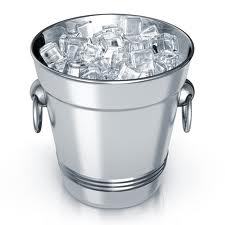
Ice bucket
You cannot make cocktails without ice cubes. You will also need a sink or a waterproof bowl nearby to throw away the ice cubes. That is a basic technique of making martinis.
I prefer ice bucket with a cover. Again, I recommend a double insulated ice bucket to avoid condensation leak.
Fruit tools: Lemon squeezer / reamer, a juicer and a zester
Pure juices and real fruits make the best drinks. If you do not own a zester, a bar knife will do the job if you are skillful.
Fruit Muddler / Caipirinha Pestle
Muddler is required to prepare modern martinis, mojitos and caipirinhas. Check out my blog later because I will post the recipe of the best raspberry martini in the universe. You need a muddler to do it.
I bought the Fruit Muddler / Caipirinha Pestle from Rosle at Cooking.com and I like it a lot. Rosle produces quality kitchen utensils. I prefer to buy better quality kitchen tools. It is money well spent because they will perform well for a very long time.
Tea strainer
Since you use pure juices and real fruits, you cannot make the best looking cocktail drinks without a tea strainer. That is an essential tool for the chic hostess.
If you get these bar tools you can prepare many drinks that will impress your guests.
The majority of the fancy tools mixologists use are either easily found online or can be substituted for everyday household items:
If you plan to make cocktails regularly, Mitchell recommends that you splash out on a decent shaker, juicer, jigger and strainer. Armed with these, you can’t fail to pull off 99% of the cocktails you attempt. The above alternatives should keep the irregular mixer going, though.
Having gleaned lots of valuable information from one brief – and increasingly tipsy – stint behind the bar, I asked Mitchell why she was willing to reveal these do-it-yourself tips. Aren’t savvy home cocktail-makers less likely to frequent her bar?
Mitchell, a cocktail purist, said that she simply wants people to enjoy good drinks wherever they are – “But we make the best at Lab!”
I must admit, everything she made tasted better than everything I did, but at least I’m now able to make five cocktails pretty well. Hopefully I’ll perfect them in time for Christmas so that I can have throw a cocktail party and wow my friends – or at least save them a few quid.
10. Classic Cocktails You Must Try
There are many cocktails and mixed drinks that you can make, but there are a handful that are necessary to building a true, classic cocktail experience. I am making a distinction in this list between cocktails and mixed drinks. Cocktails by definition are “composed of spirits of any kind, sugar, water and bitters” and are typically served neat or short and on the rocks. That is what you will find below and many of them are classic cocktails that have been served for a century or more.
This list is intended to be an introduction to those “fancy” cocktails that should be on your “must try at least once” list of drinks.
1. Dry Martini
The Martini is typically the first cocktail many people think of when it comes to “fancy” drinks. While many neat drinks are typically referred to as “martinis” and come in every color and flavor imaginable, the true “Martini” is simply comprised of gin and dry vermouth with either an olive or lemon twist garnish.
There are many variations on this simple drink from a Dirty Martini to a Vodka Martini, and there is also a preference as to how “dry” you want your Martini. All of those can be found on the recipe page.
2. Manhattan
What the Martini is to gin, the Manhattan is to whiskey. Traditionally this cocktail is made with rye whiskey or bourbon, and often Canadian whisky though traditionalists will choose one of the first two options. Beyond the base spirit, the Martini’s dry vermouth is swapped out for sweet vermouth and a cherry is the customary garnish. When you can make one of these first two drinks well you should be able to make the other.
Again, the Manhattan can be made to order depending on your preference and it is a staple cocktail for tasting new whiskies.
3. Martinez
It is said that the Martinez was the inspiration for the Martini and that it was created by “Professor” Jerry Thomas, the most famous bartender of all time in the late 1800’s. Though it does not have the immediate name recognition as it’s younger counterpart, it is just as important to the cocktail experience because it show the sweeter side of the gin cocktail. Choose a premium gin to mix with the sweet vermouth, maraschino, and bitters for the best Martinez tasting.
4. Sazerac
The Sazerac may not be for everyone for the simple fact that it does include absinthe (or a substitute) and therefore has an underlying anise flavor, but it is one of those cocktails that I encourage everyone to try at least once. When mixing this drink you do want to take it easy on the absinthe because it can easily overpower the whiskey. However, a well-made Sazerac has the potential to be the best cocktail you have ever had.
The Sazerac is one of the quintessential cocktails of New Orleans, which had a large influence in cocktails over the years. This was proven when in 2008 the Sazerac became the official cocktail of the city.
5. Old-fashioned
The Old-fashioned is another cocktail that is very simple, a great way to experience different whiskies, and essential to completing a cocktail repertoire. It will also introduce you to the bartending technique of muddling because this cocktail is more about the process than the ingredients. You begin by muddling sugar, bitters, and a slice of orange, then add ice and bourbon and stirring the mix. Some people prefer finishing it with club soda while traditionalists skip that touch.
One of the great things about the Old-fashioned is that the fruits and spirit are open to adaptation, just follow the basic formula and have fun with it.
6. Brandy Cocktail
I include the Brandy Cocktail in this list because it is a good example of the “original” cocktails. When the cocktail was first defined you would order a “cocktail” by spirit such as a Brandy Cocktail, Whiskey Cocktail, or Gin Cocktail and this was the basic formula: spirit, orange liqueur, bitters. It is a nice introduction to the most classic of cocktails and a fine way to enjoy any spirit.
7. Margarita
Everyone has heard of the Margarita and like the Martini it now comes in every color and flavor imaginable (see Margarita Madness). The classic recipe is far simpler than many of its modern counterparts and there is no blender involved. The traditional Margarita is served neat and made simply of tequila, orange liqueur, lime and lemon juices, and simple syrup (or a homemade sweet and sour mix).
Why do I include it here when you’ve likely already had a Margarita? To encourage making one from scratch where you can fully enjoy tequila, orange and lime and because the ultimate Margarita experience does not involve bottles of “margarita mix”.
8. Daiquiri
The Daiquiri has been dealt a similar fate as that of the Margarita and Martini, though to as large an extent. The original Daiquiri, which was one of Ernest Hemingway’s favorite drinks, is a simple mix of rum, lime juice, and simple syrup, shaken and served neat. If a frozen Strawberry Daiquiri or one of the multitude of other flavored drinks that take this name are the extent of your Daiquiri experience I encourage you to give this pure version a chance. I think you will like it.
9. New Orleans Fizz
The fizz is a popular style of drink that began back in the “Golden Age” of cocktails and the New Orleans Fizz (aka Ramos Gin Fizz) is one of the most popular. A favorite of the “Big Easy,” was once so popular that during the 1915 Mardi Gras celebration 35 shaker boys worked at once to fill orders at the creator’s bar.
The New Orleans Fizz is a great introduction to the qualities that shaking eggs bring to cocktails. It creates a rich, creamy, frothy drink that is simply delicious. The key to a great fizz is to shake until it hurts.
10. Mint Julep
Ahh, the Mint Julep. It is the drink of the Kentucky Derby and one of the best known bourbon cocktails made to date. Like the Old-fashioned, this drink requires muddling, but in this case you are muddling mint and simple syrup. Once the essence of the mint has been release, fill the glass with crushed ice and add your bourbon. It is simple but delightful and can lead you to a variety of other “stick” drinks.
Home Bar, Glass jargon.
Beer mug
The traditional beer container.
Typical Size: 16 oz.
Brandy snifter
The shape of this glass concentrates the alcoholic doors to the top of the glass as your hands warm the brandy.
Typical Size: 17.5 oz.
Champagne flute
This tulip shaped glass is designed to show off the waltzing bubbles of the wine as they brush against the side of the glass and spread out into a sparkling mousse.
Typical Size: 6 oz.
Cocktail glass
This glass has a triangle-bowl design with a long stem, and is used for a wide range of straight-up (without ice) cocktails, including martinis, manhattans, metropolitans, and gimlets. Also known as a martini glass.
Typical Size: 4-12 oz.
Coffee mug
The traditional mug used for hot coffee.
Typical Size: 12-16 oz.
Collins glass
Shaped similarly to a highball glass, only taller, the collins glass was originally used for the line of collins gin drinks, and is now also commonly used for soft drinks, alcoholic juice, and tropical/exotic juices such as Mai Tai’s.
Typical Size: 14 oz.
Cordial glass
Small and stemmed glasses used for serving small portions of your favourite liquors at times such as after a meal.
Typical Size: 2 oz.
Highball glass
A straight-sided glass, often an elegant way to serve many types of mixed drinks, like those served on the rocks, shots, and mixer combined liquor drinks (ie. gin and tonic).
Typical Size: 8-12 oz.
Hurricane glass
A tall, elegantly cut glass named after it’s hurricane-lamp-like shape, used for exotic/tropical drinks.
Typical Size: 15 oz.
Margarita/coupette glass
This slightly larger and rounded approach to a cocktail glass has a broad-rim for holding salt, ideal for margarita’s. It is also used in daiquiris and other fruit drinks.
Typical Size: 12 oz.
Mason jar
These large square containers are effective in keeping their contents sealed in an air tight environment.
They’re designed for home canning, being used for preserves and jam amongst other things.
Typical Size: 16 oz.
Old-fashioned glass
A short, round so called “rocks” glass, suitable for cocktails or liquor served on the rocks, or “with a splash”.
Typical Size: 8-10 oz.
Parfait glass
This glass has a similar inwards curve to that of a hurricane glass, with a steeper outwards rim and larger, rounded bowl. Often used for drinks containing fruit or ice cream.
Typical Size: 12 oz.
Pousse-cafe glass
A narrow glass essentially used for pousse caf�s and other layered dessert drinks. It’s shape increases the ease of layering ingredients.
Typical Size: 6 oz.
Punch bowl
A large demispherical bowl suitable for punches or large mixes.
Typical Size: 1-5 gal.
Red wine glass
A clear, thin, stemmed glass with a round bowl tapering inward at the rim.
Typical Size: 8 oz.
Sherry glass
The preferred glass for aperitifs, ports, and sherry. The copita, with it’s aroma enhancing narrow taper, is a type of sherry glass.
Typical Size: 2 oz.
Shot glass
A small glass suitable for vodka, whiskey and other liquors. Many “shot” mixed drinks also call for shot glasses.
Typical Size: 1.5 oz.
Whiskey sour glass
Also known as a delmonico glass, this is a stemmed, wide opening glass, alike to a small version of a champagne flute.
Typical Size: 5 oz.
White wine glass
A clear, thin, stemmed glass with an elongated oval bowl tapering inward at the rim.
Typical Size: 12.5 oz.





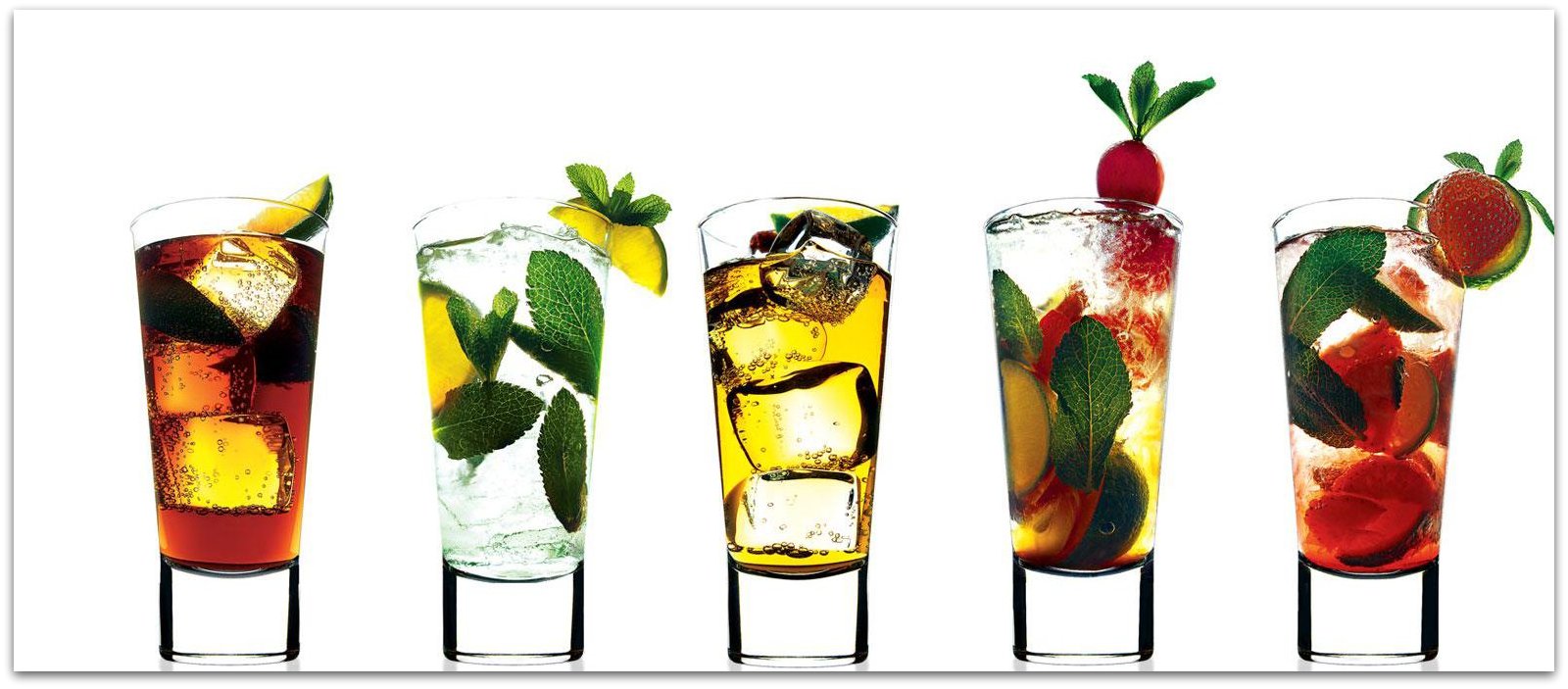
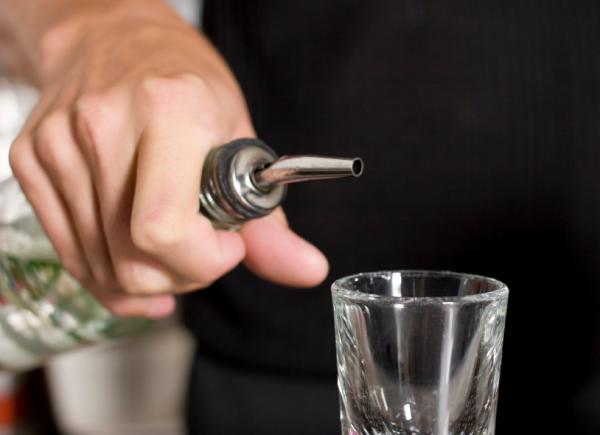
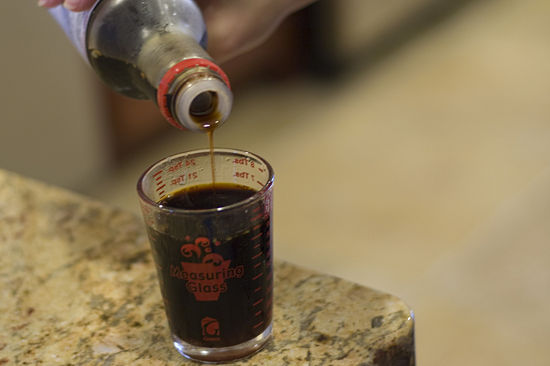

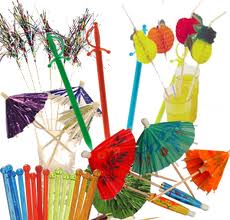
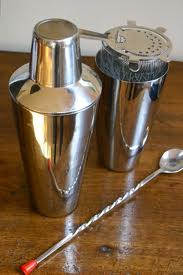
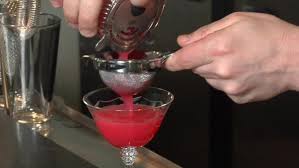

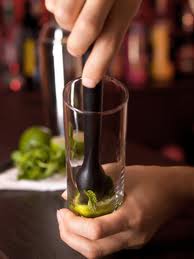
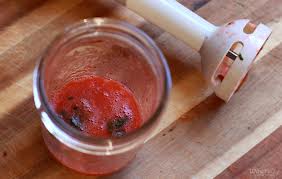

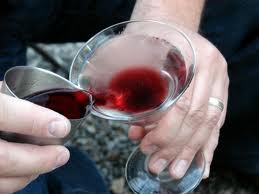
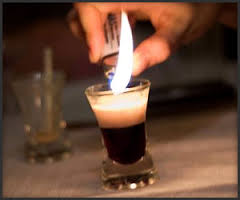
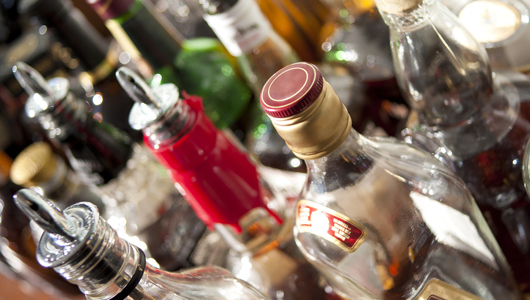
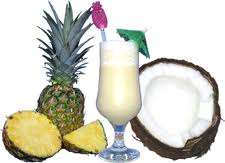
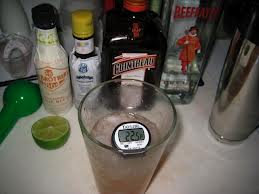
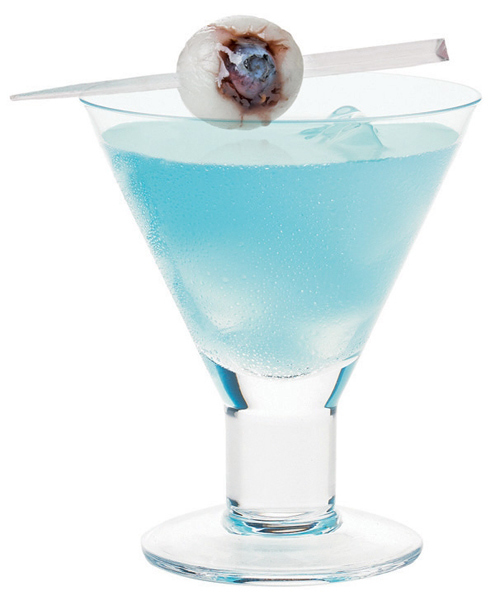
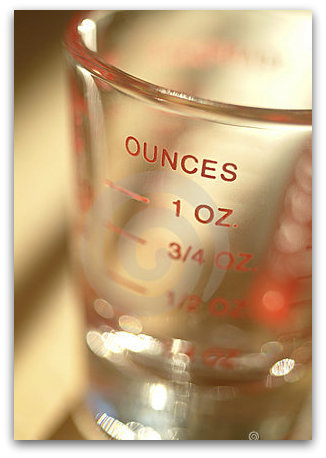
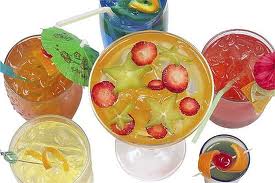
![bartools_myessentials[6]](https://recipesupermart.com/wp-content/uploads/2013/07/bartools_myessentials6.jpg)
